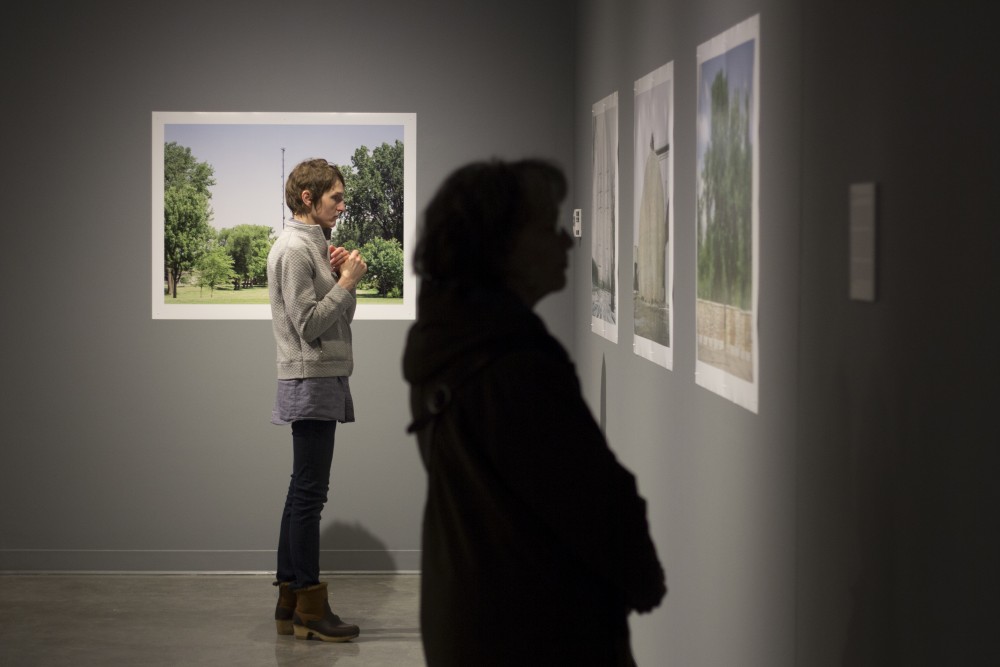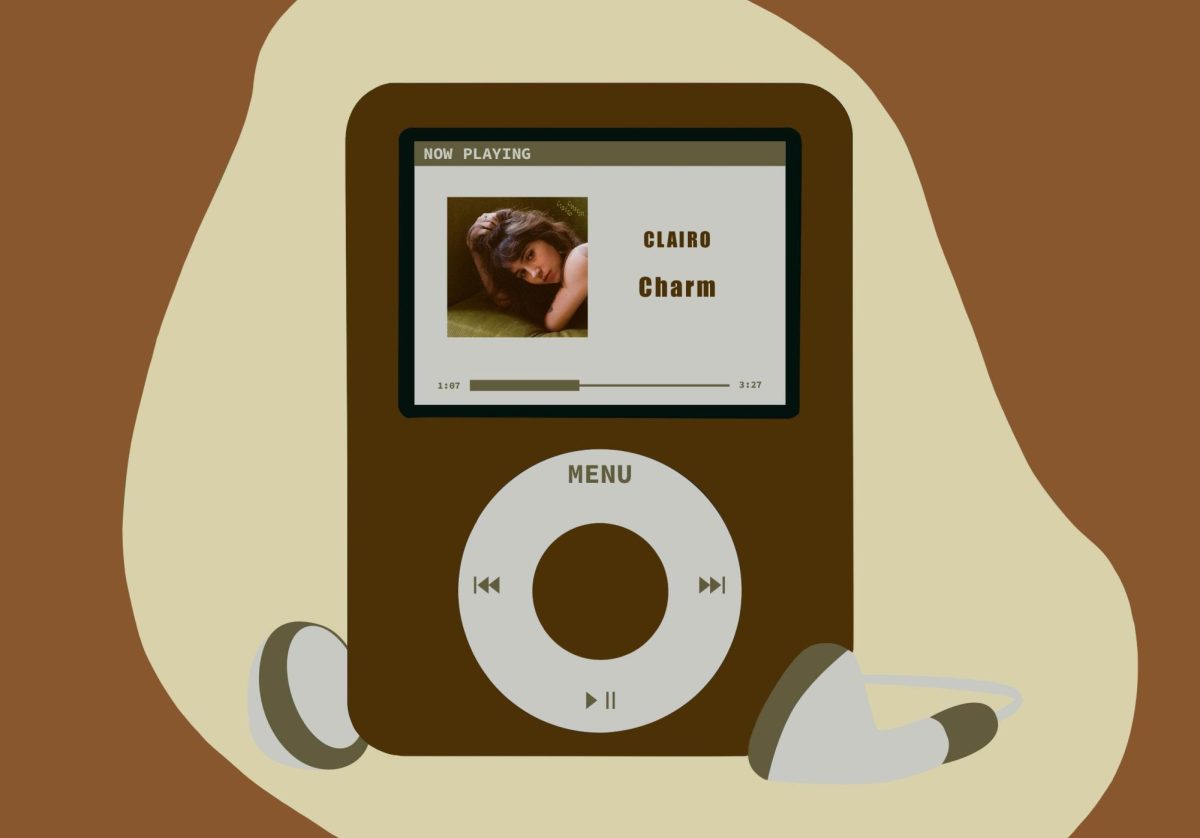Snowy sidewalks and 30 degree weather surround the Regis Center for Art on the University’s West Bank. Inside, however, the works of nine artists transport the gallery to places such as the neighborhood around the abandoned Domino Sugar Refinery in Brooklyn to the orange groves of Palestine.
“Land Body Industry” opened Tuesday. Focused on the intersections of the three concepts in its title, the exhibit lets a variety of artists explore locations specific to their experiences.
“[‘Land Body Industry’] has different projects that have a relation to industry in various forms … What happens when industry goes away and you lose your livelihood? How does industry relate to your identity, disease and climate?” said Teréz Iacovino, the curator of “Land Body Industry.”

Iacovino was interested in incorporating a variety of mediums, allowing a sense of place to come to life through different viewing experiences, from film to photography.
Drawing from conversations with her family and archival research, artist Lamia Abukhadra’s work examines the impact of genocide and war on her Palestinian heritage.
“I tell a story of genocide specifically through my family’s point of view. I talk about the orange grove that we used to own, which was our livelihood … There’s also books based on interviews with my grandmother about the Lebanese Civil War … My family is prominent enough in Palestinian history that a lot of information is fairly accessible in archives,” said Abukhadra, a fourth-year fine arts student at the University.
As Abukhadra attempted to bring this location into her work, she had to dig to identify the specifics of the location she was trying to depict.
“I do often use maps as a way of locating, and then what’s interesting about location is that a lot of villages and streets and towns and cities were either erased off of maps or renamed, so it’s really hard to find where things were, so you have to do a lot of digging through maps … that existed before 1948,” Abukhadra said.

Leslie Grant, a lecturer of art at the University, collaborated with sociologist Nina Pessin-Whedbee on “Sugar House,” a documentary-inspired examination of the community around the shuttered Domino Sugar Refinery.
“Sugar House” includes not only Grant’s photography but contributions from the workers depicted in the exhibit. By asking these workers to contribute their own photographs, maps and words, Grant and Pessin-Whedbee produced a nuanced, inclusive look at a shuttered industry.
“It’s an open-ended story that we hope will change over time, change people’s perceptions about these topics. It will never be the completed story,” Grant said.
This outcome reverberates through the exhibit — nuanced perspectives allow viewers to delve deeper into widely accepted but likely flawed industries around us.
“What I hope that any audience would get … is that they would find it sort of interesting to hear about other people’s lives and perhaps rethink the way they approach the study of history,” Grant said. “For so long, the stories that we get have been told by the victors, the people who are in power, the Domino sugar bosses, and here we’re interested in a way of telling history [that] pushes back against hierarchies of power.”
What: “Land Body Industry”
When: Open 11 a.m.-7:00 p.m. Tuesday-Saturday
Where: Katherine E. Nash Gallery at the University of Minnesota’s Regis Center for Art, 405 21st Avenue South, Minneapolis

















